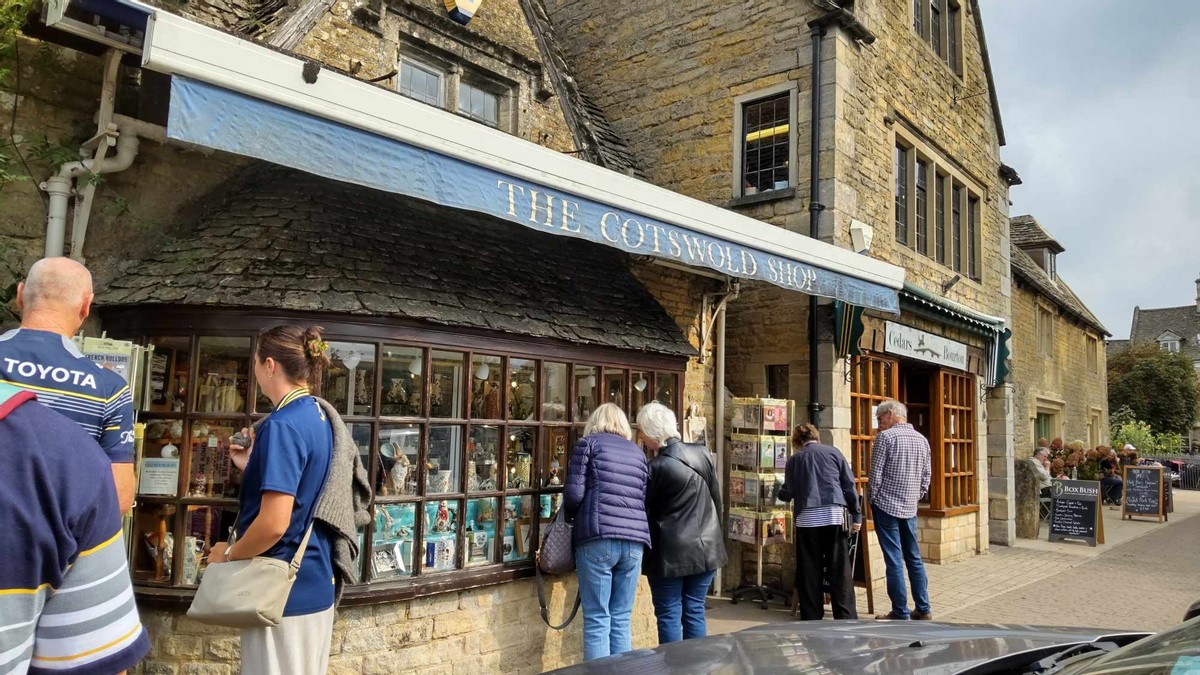
The next day, we said good-bye to our little house where we'd stayed for three days and headed to Burton on the Water.
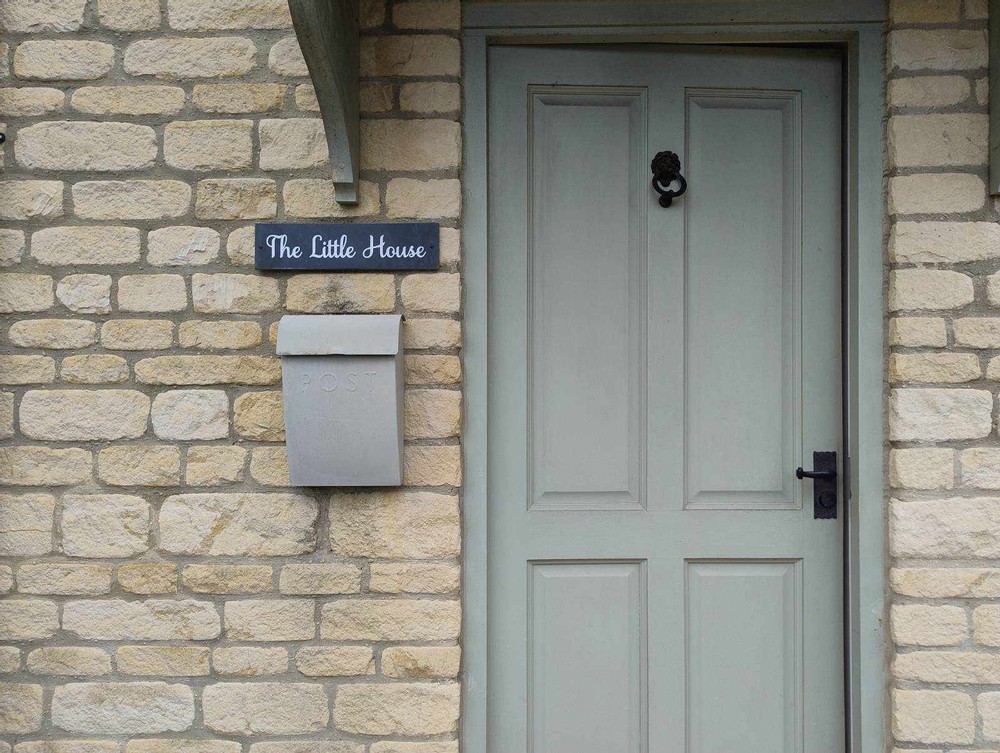
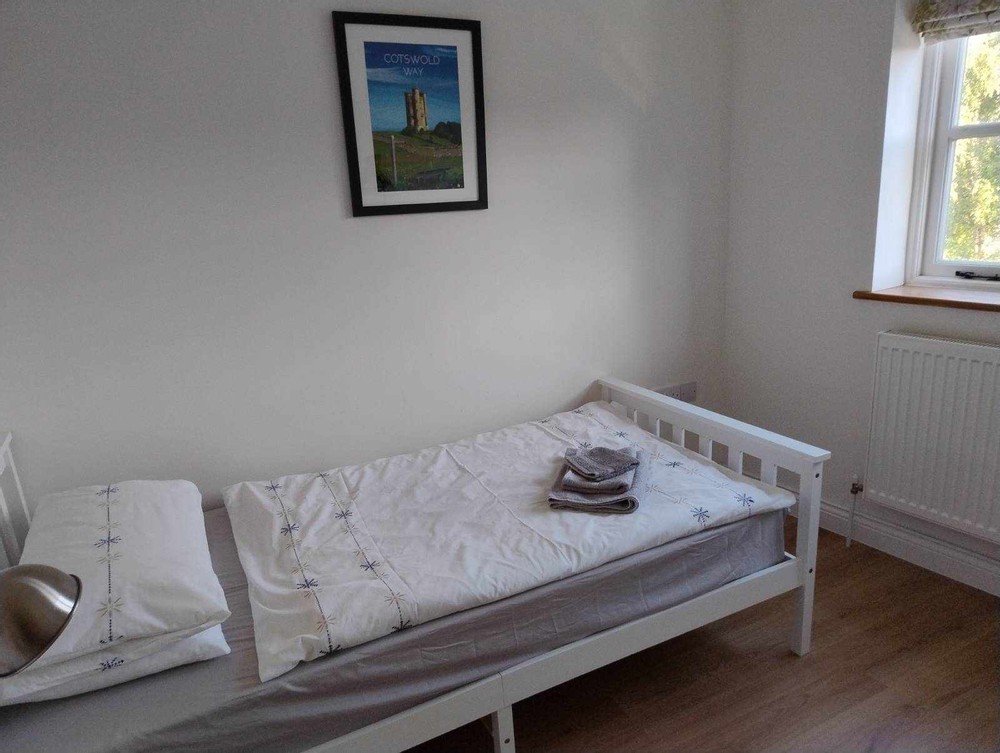
The above photo was my room where I stayed. Staying at a rented house remained me of Tybee Island in Savannah, Georgia in the States. There was the biggest china painting school there, and my American friends and I used to go there to take china painting classes. We always rent charming Victorian houses.
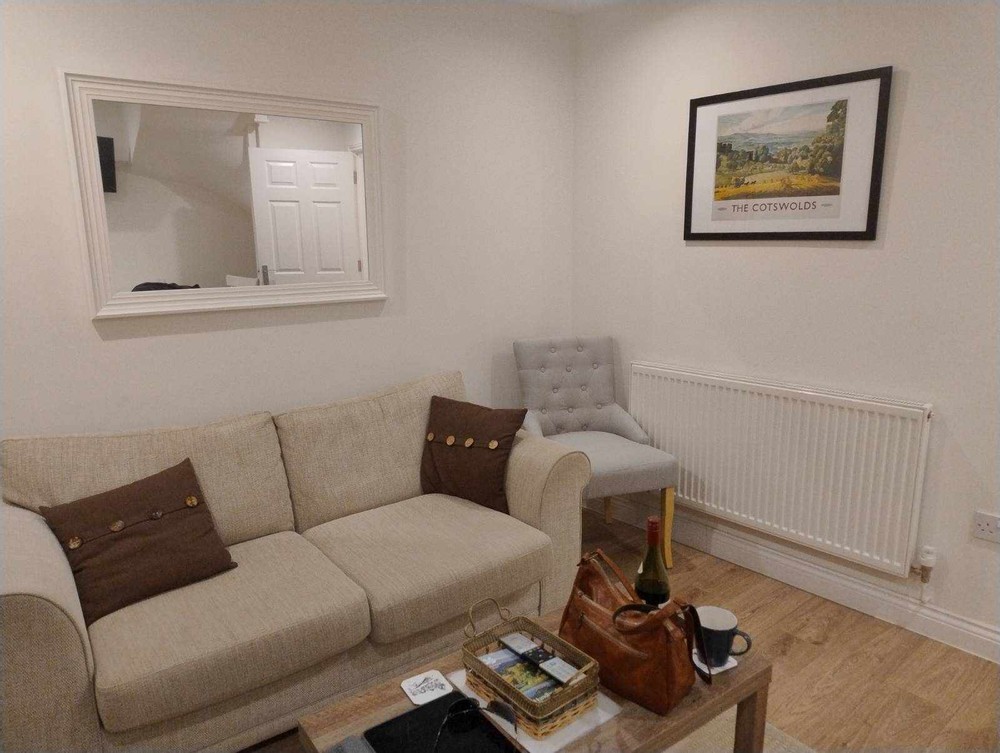
The cozy little house in Cotswold made me miss those days.
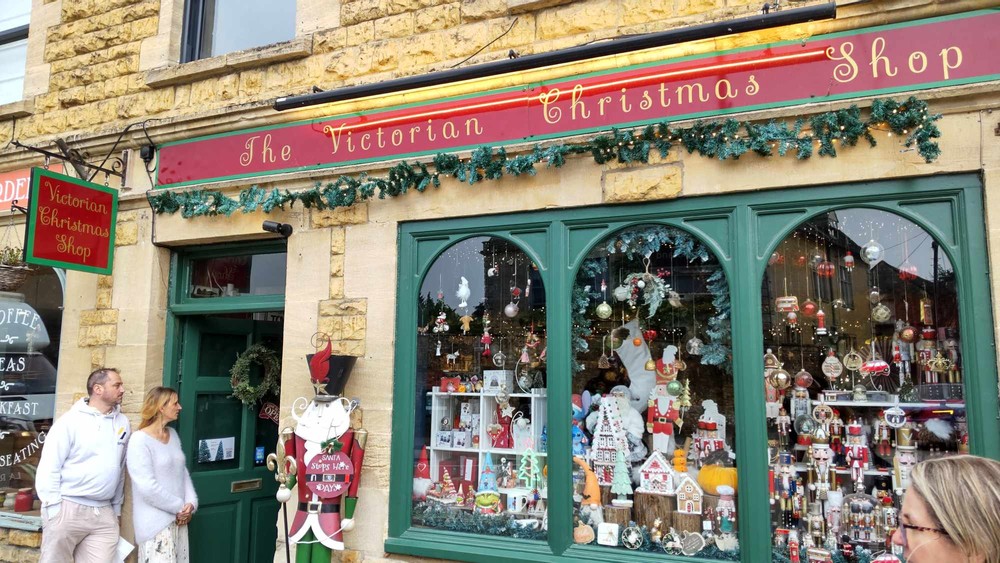
Christmas shops are always fun to look around! When Lynn and I spotted one, we were both excited. I didn't end up buying anything, but I really enjoyed looking around.

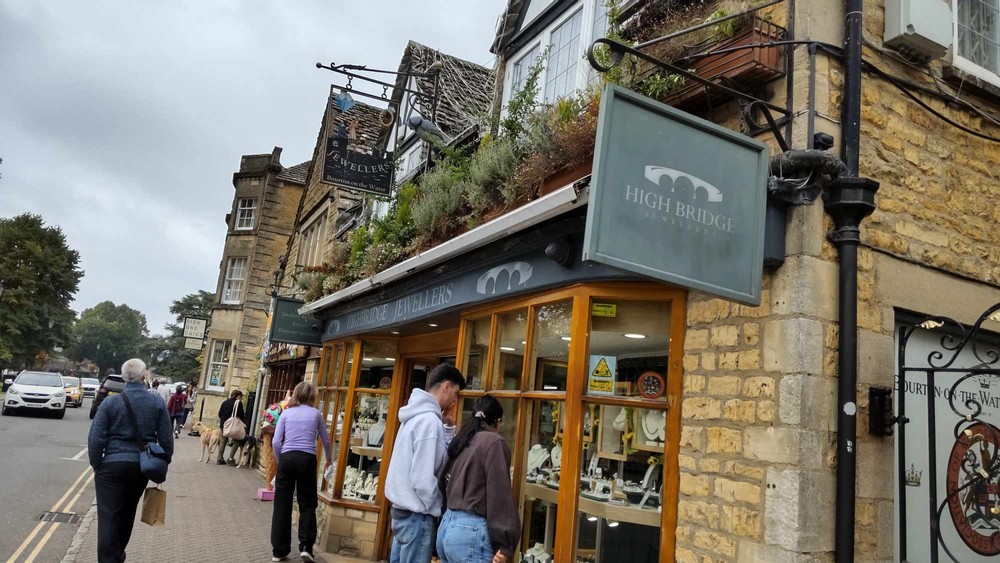
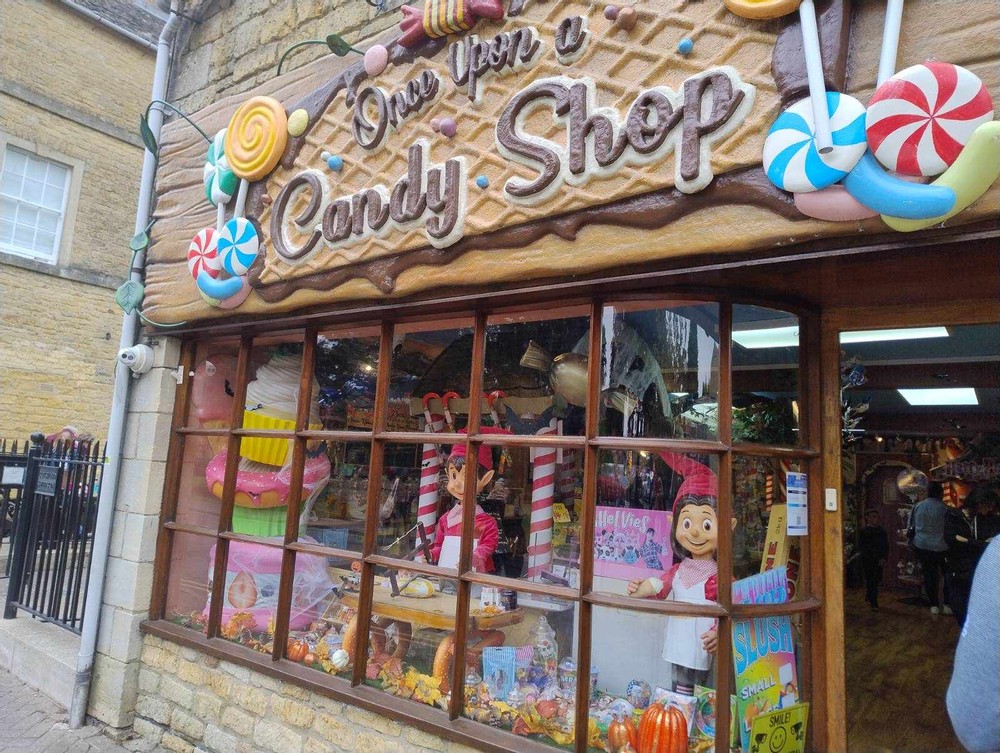

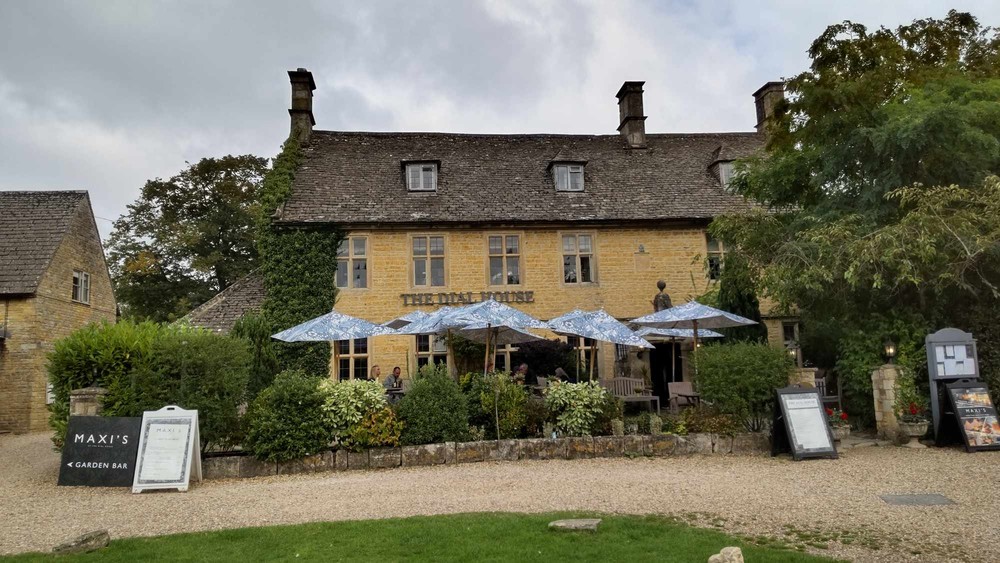
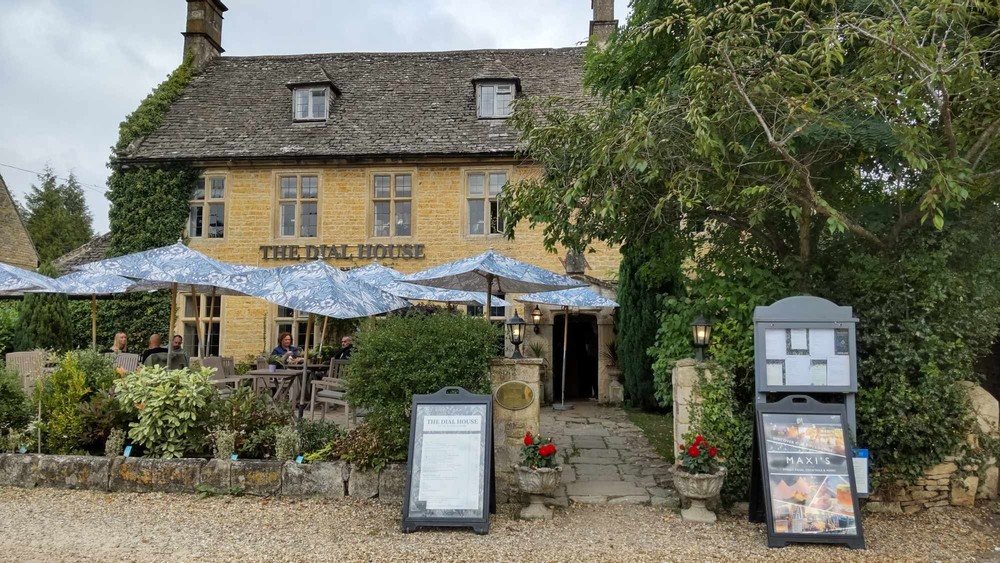
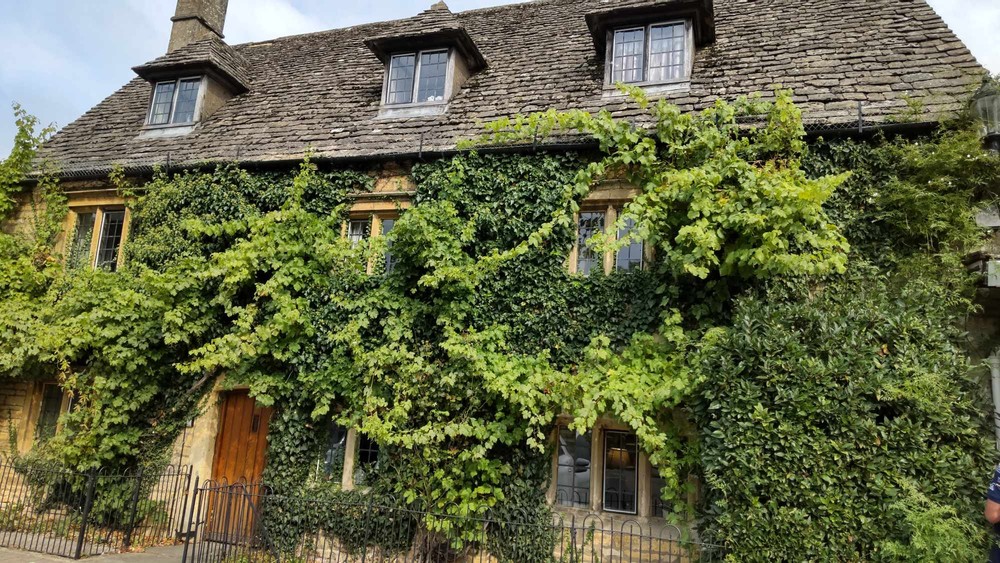

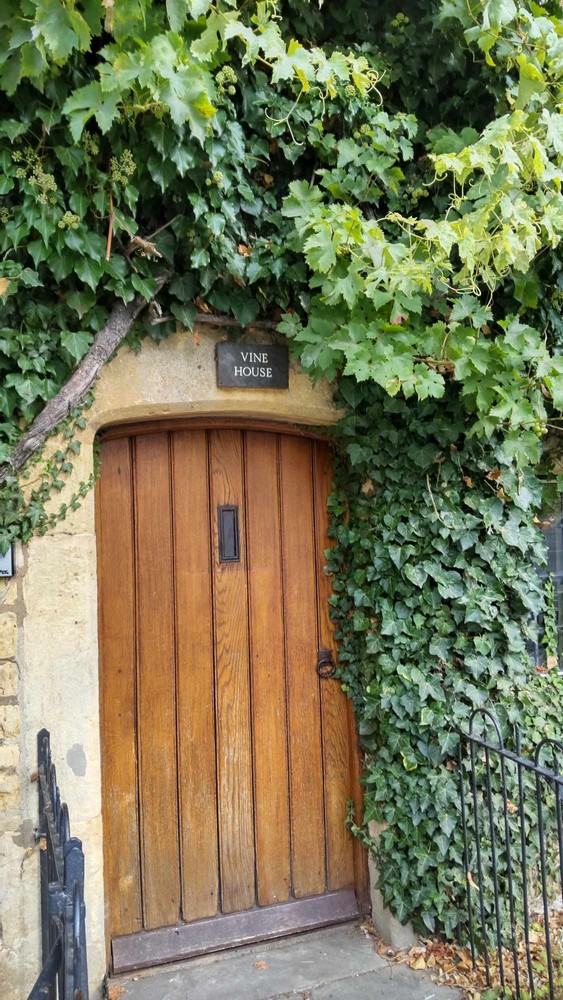
I was fascinated the vine house we saw —it had real grapes growing on the vines!!!
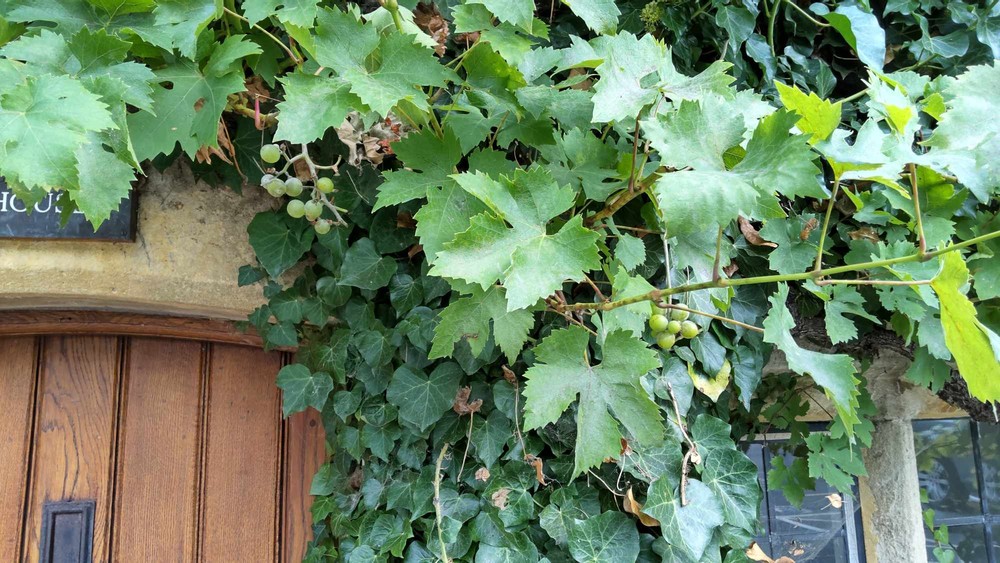

This town was cutter than others we'd visited, and even the post looked charming. The Very Hungry Caterpillar was my daughter's favorite picture book, and now my grandson loves it too.
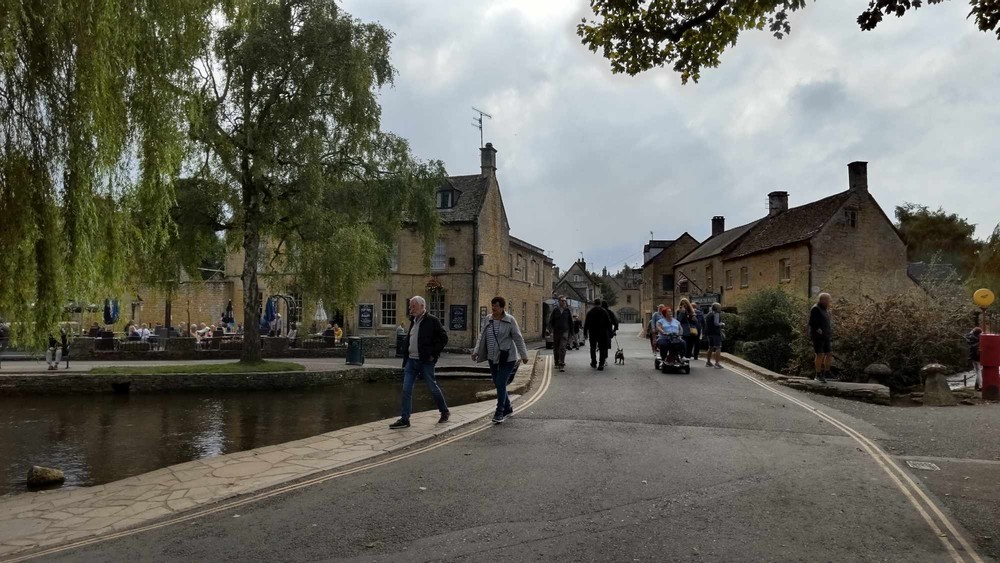

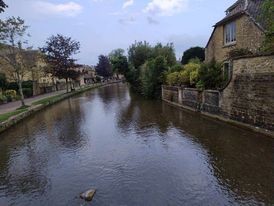
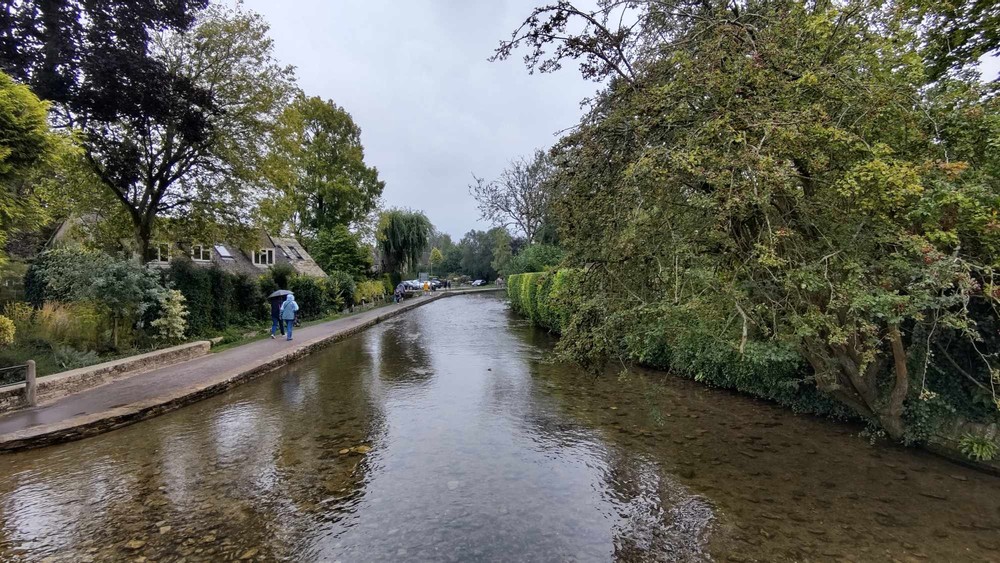
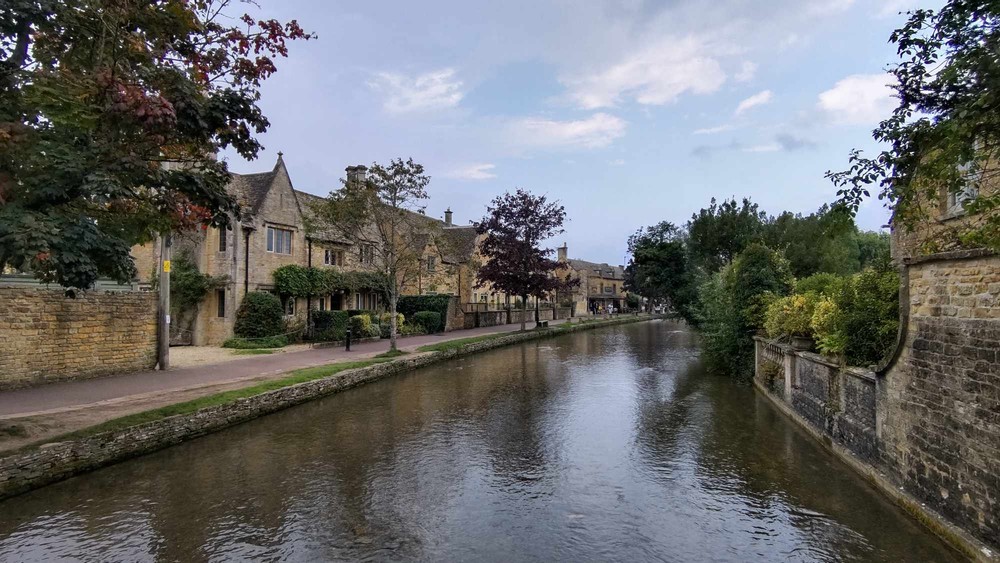
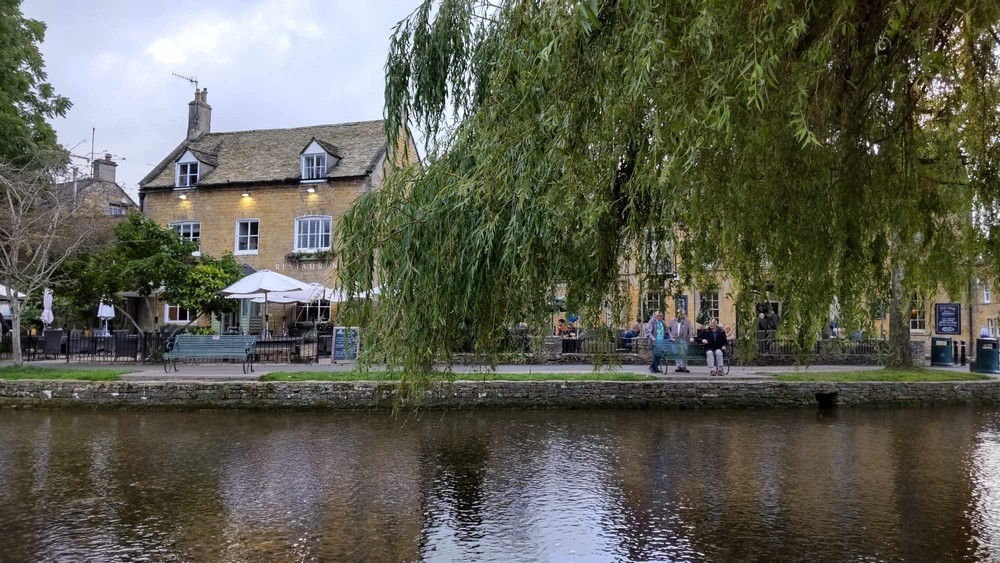
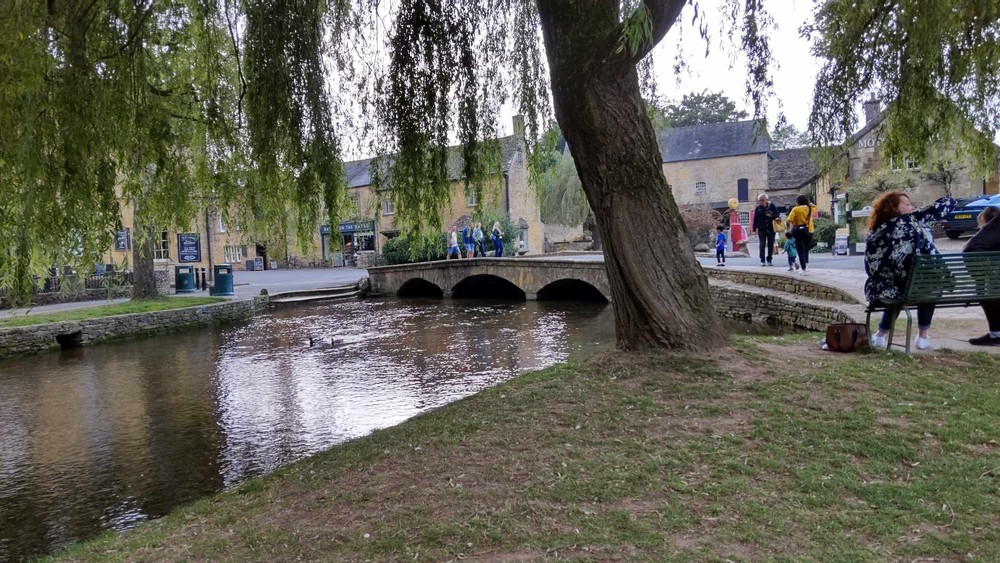
Because of the bridge, the town is called " Venice of the Cotswold", but I image Italians would get a good laugh out of that.
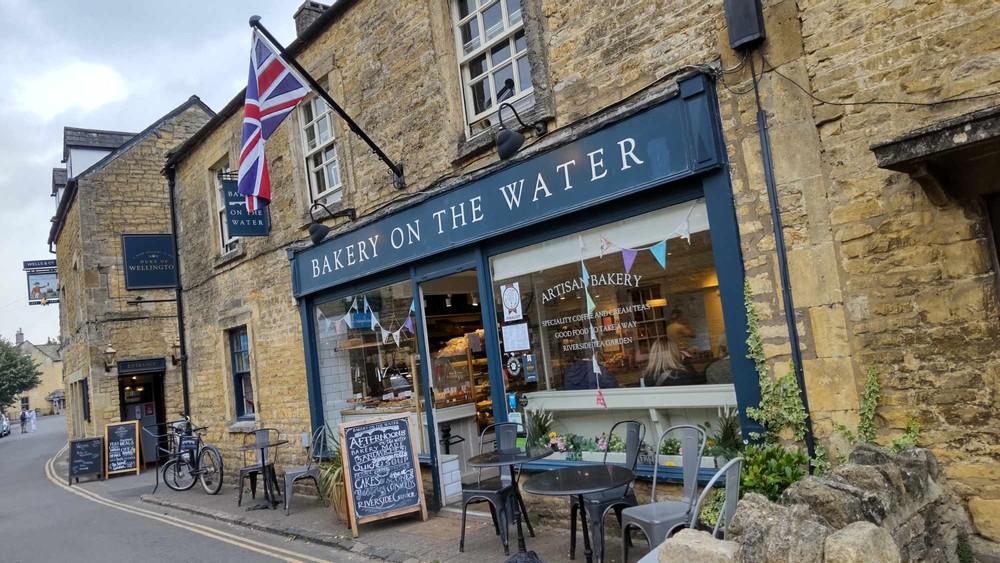
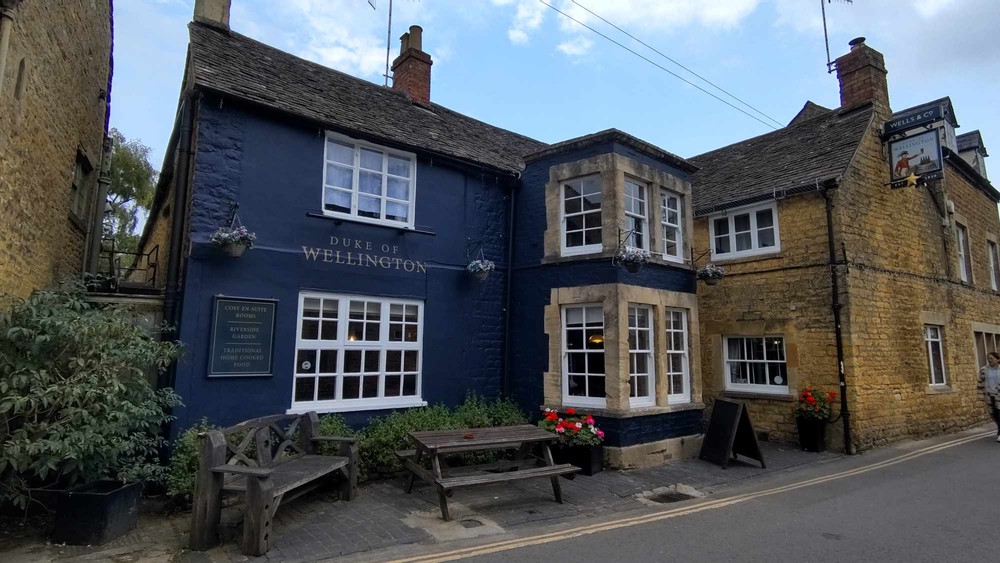
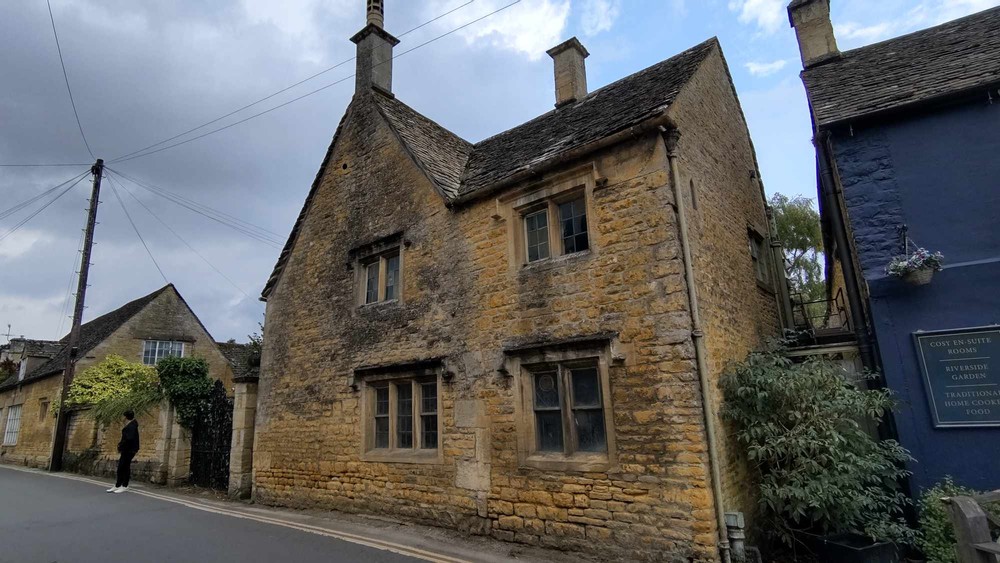
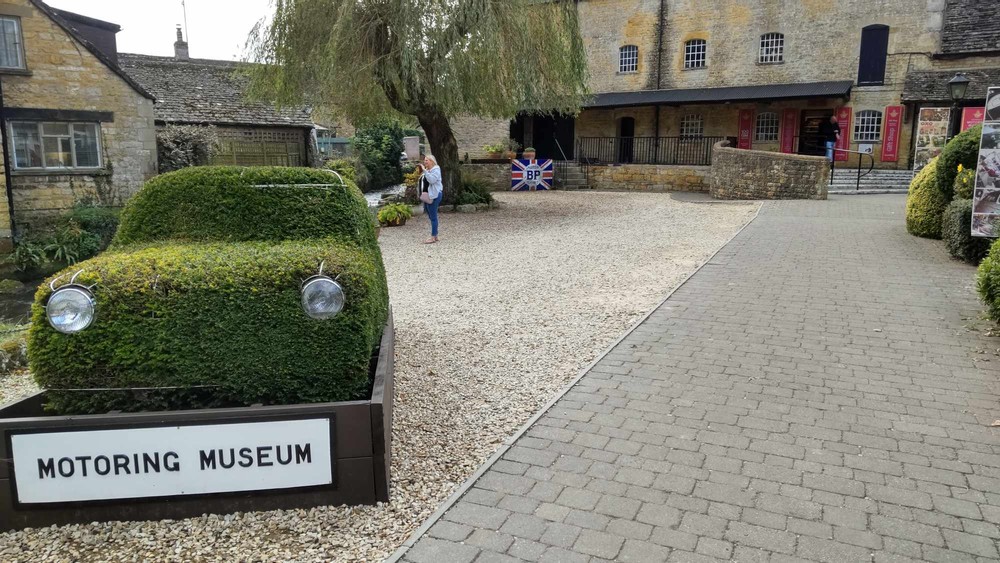
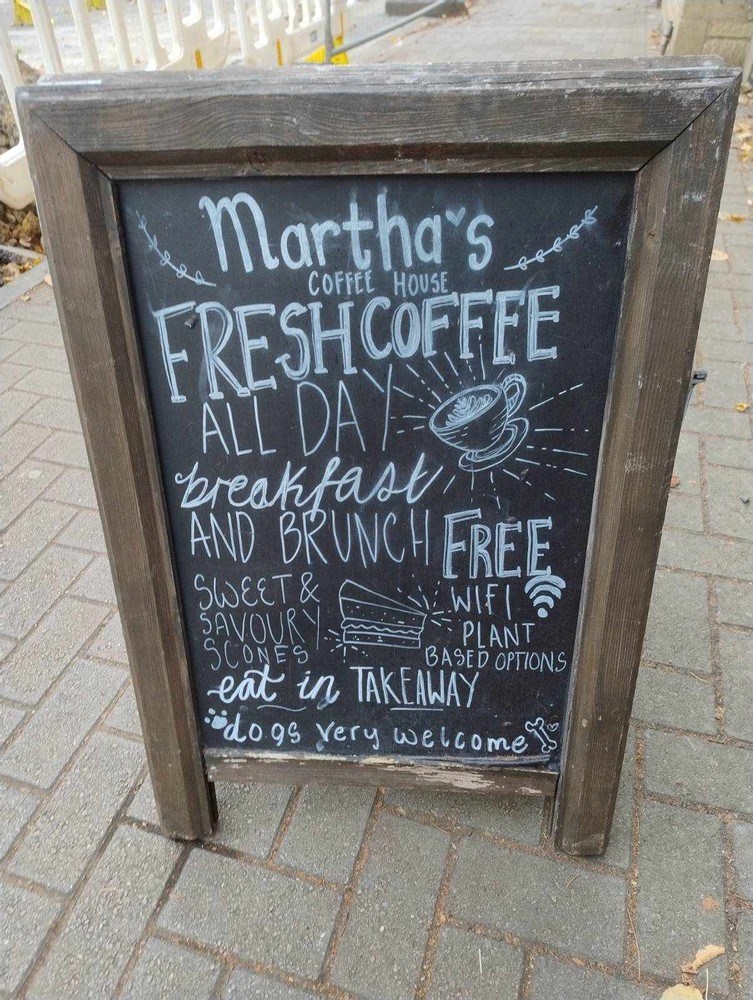
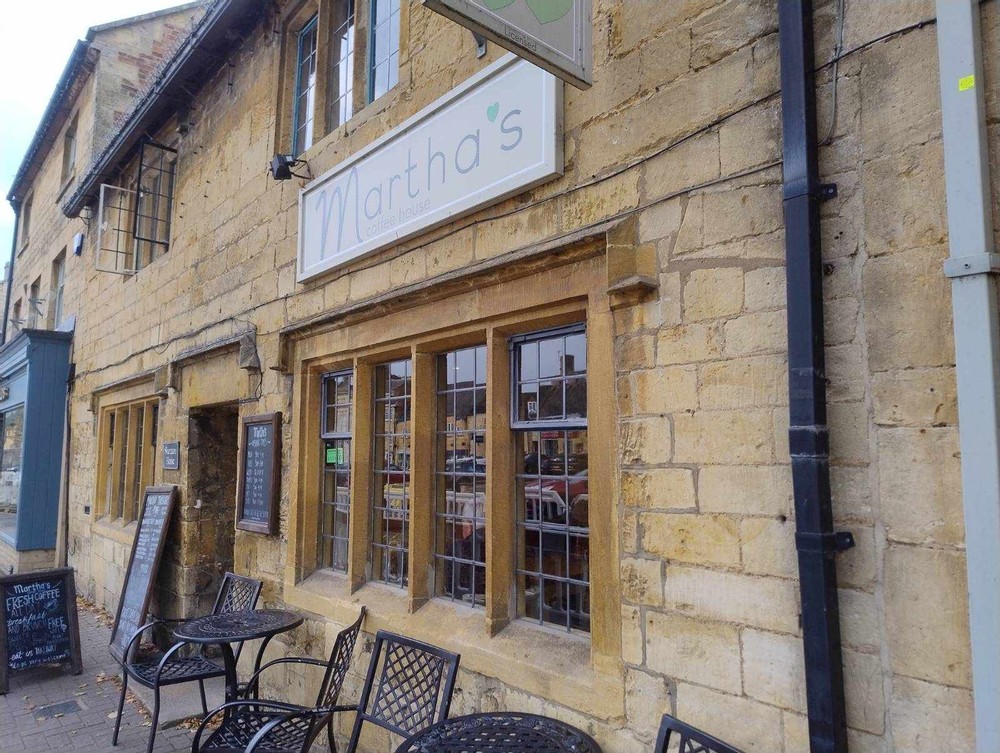
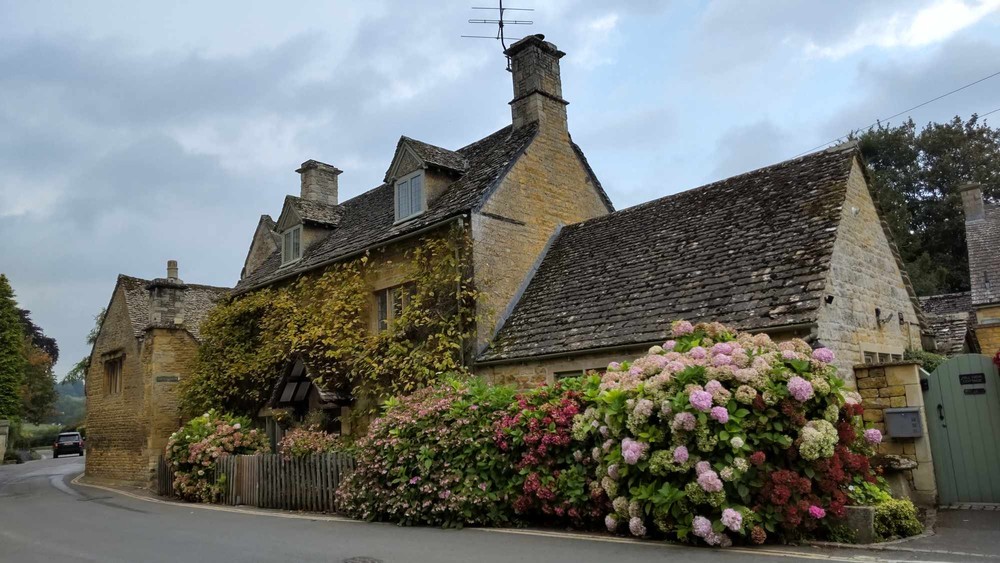
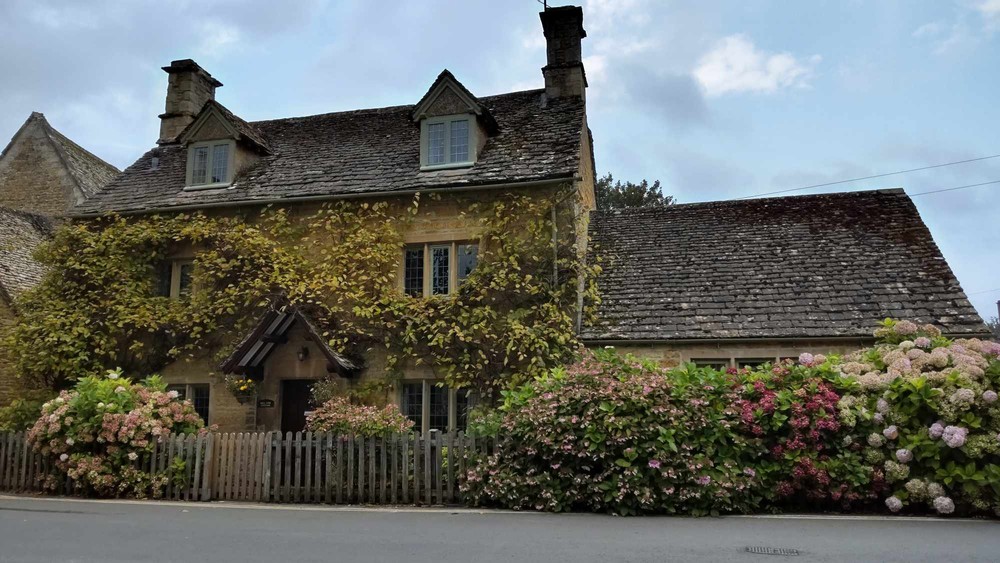
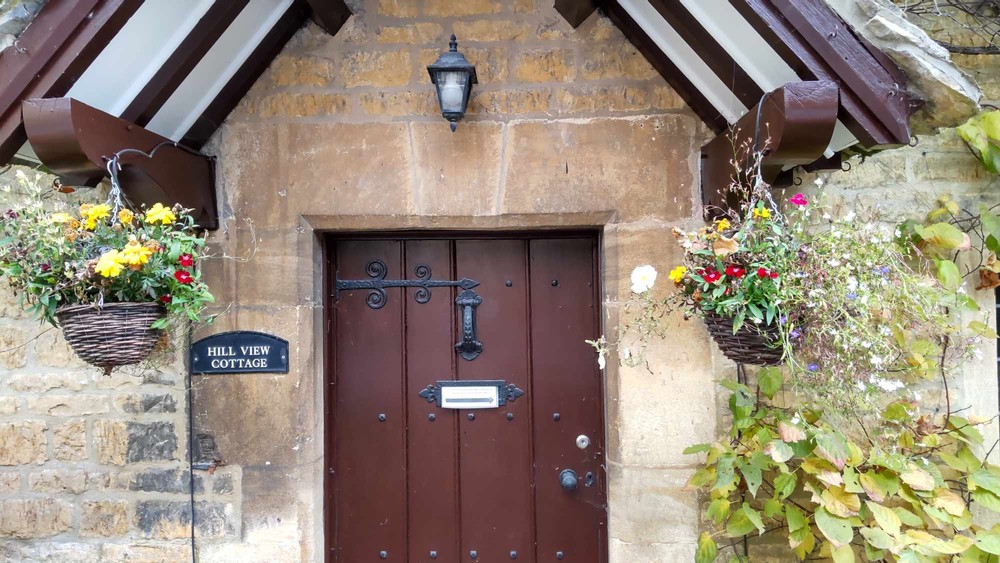
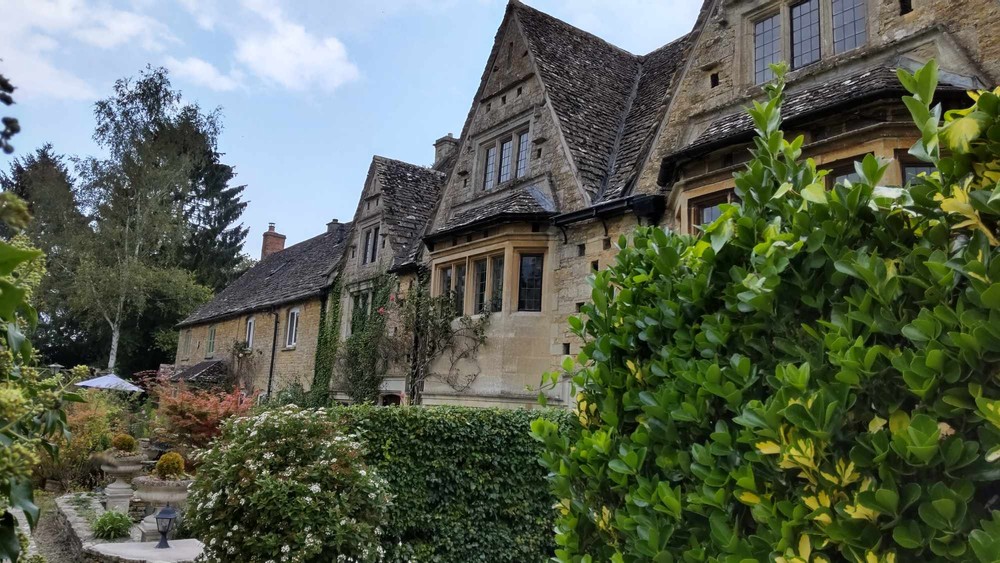
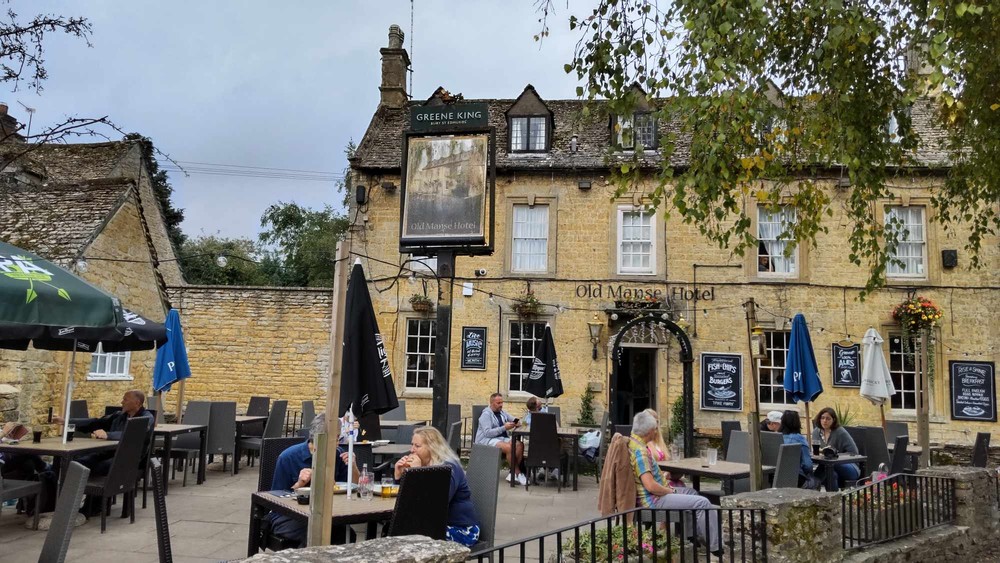
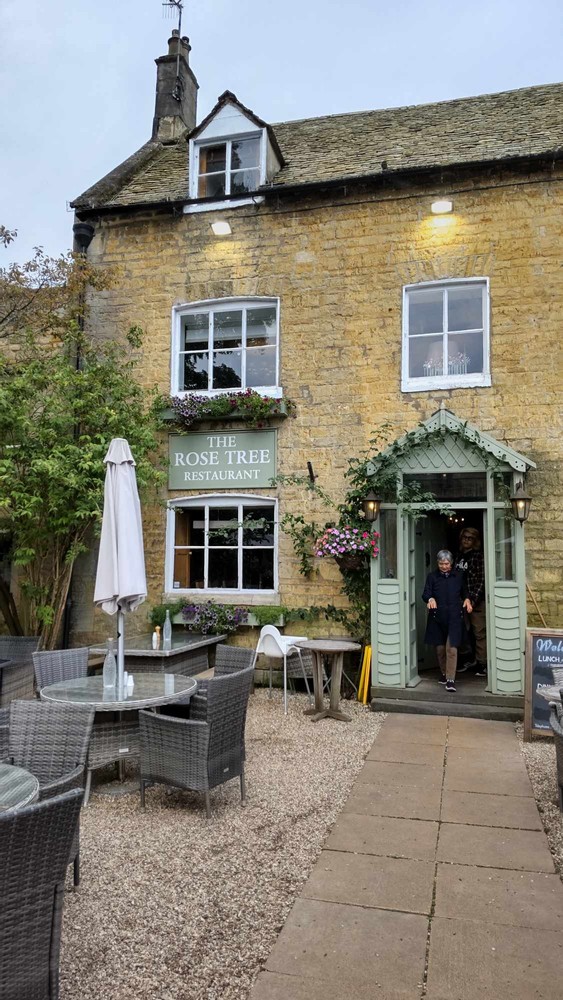
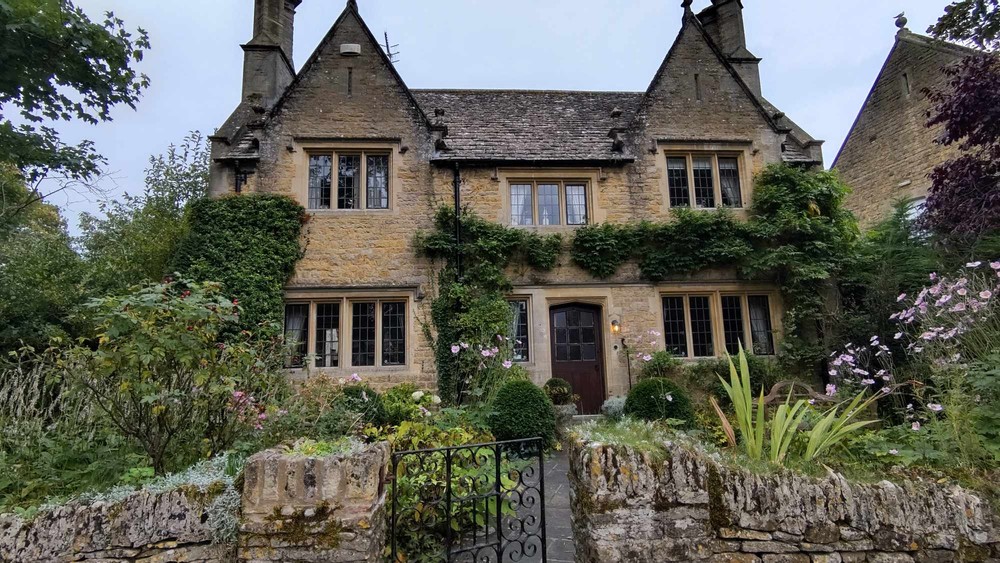




We saw a huge house called "The Manor."

Walking around and admiring the old houses was a lot of fun, and I took so many photos. Unfortunately, I can't share them all, which is a shame.
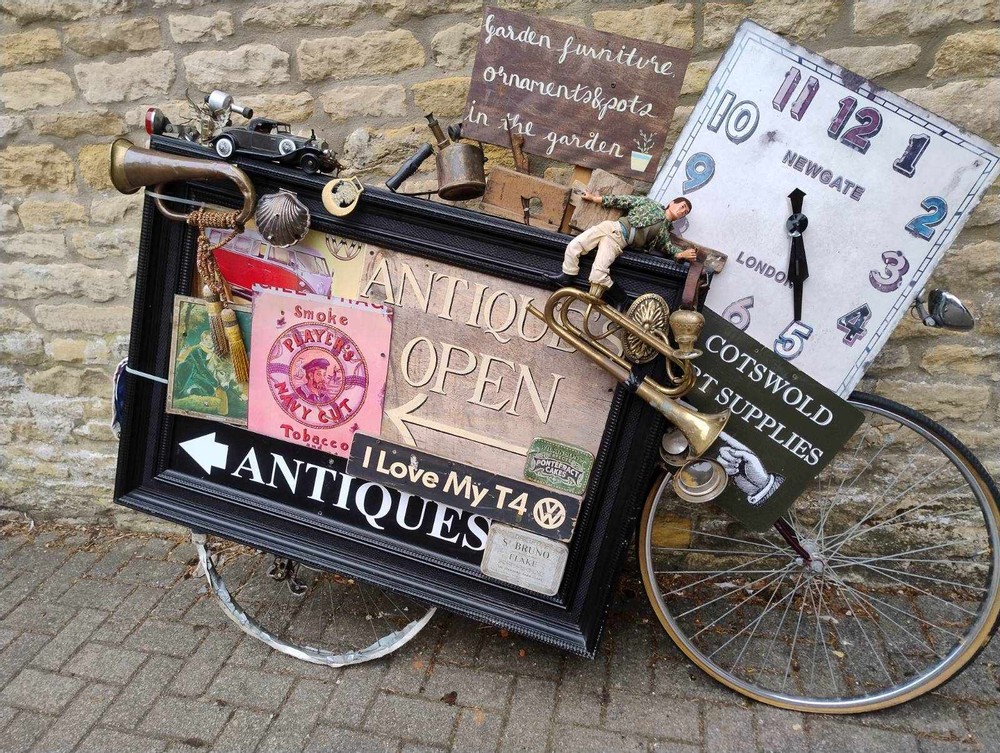

While staying in Cotswolds, we enjoyed antiquing as well. Martyn was looking for Japanese swords, Lynn for old coins and I was on the hunt for Occupied Japan china. I've been collecting it for years, and I was hoping to find some here. However, it was really hard, and I could find none! Instead, I found a small, hand-painted Noritake pill case.
Curious about when it was produced, I looked it up online. I found it was produced to export to the U.K. in 1908. I'm thrilled with my find!
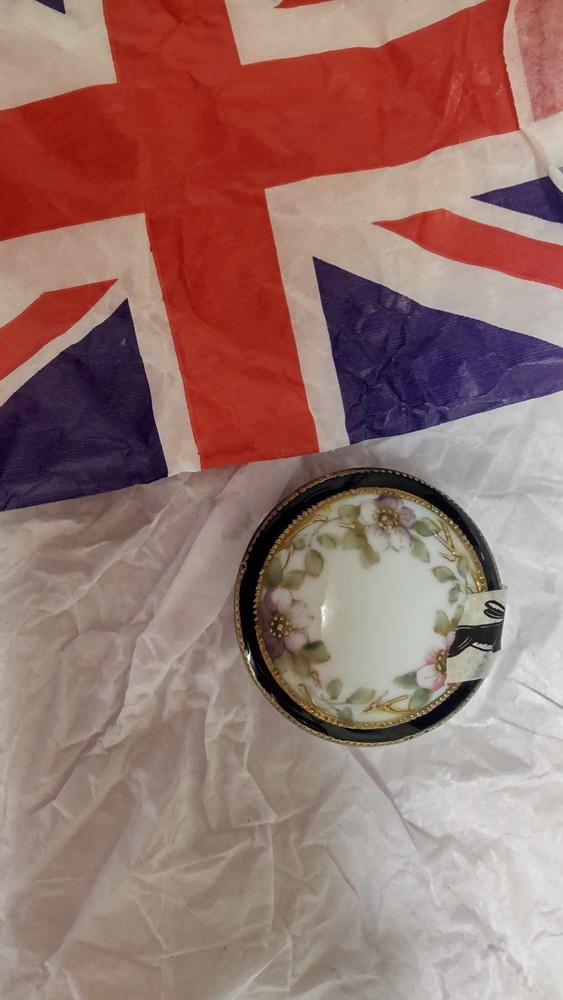

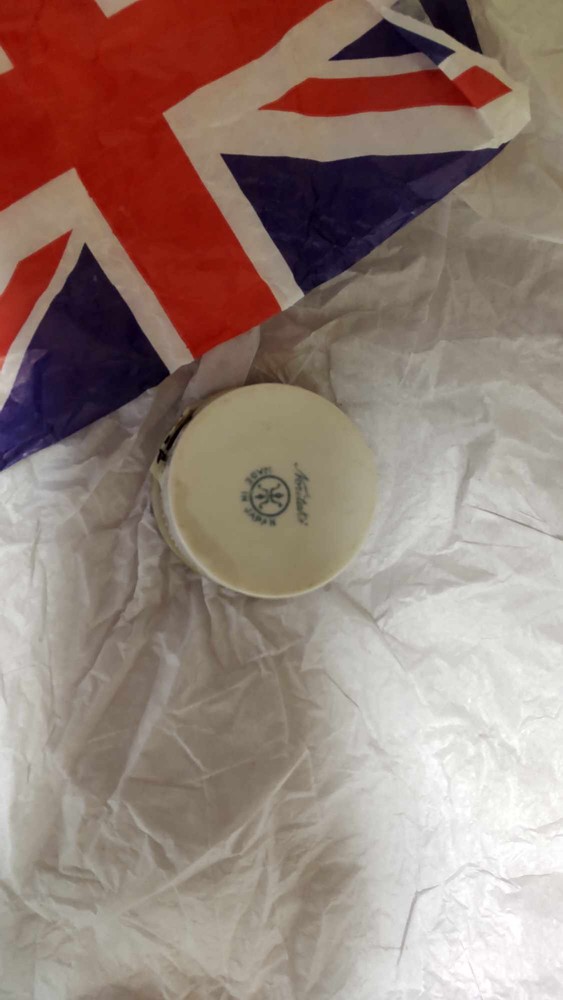
Some people might not know about Occupied Japan china, so let me explain.
After World War II, my country was occupied by the States for 7 years, from 1945 to 1952. To rebuild our country, we needed to earn money, so we exported china, clothes, furniture and toys. For 7 years, the U.S. required us to mark these products with "Made in Occupied Japan." When I was in the States to learn china painting, it was easy to find Occupied Japan china at garage sales, estate sales, church sales and sometimes antique shops. Whenever I found a piece, it felt like it was calling out, "Take me home!". So, I collected as much as I could.
When I found the old Noritake pill case, I shared the story of Japan's occupied period with Martyn. I told him it felt like my mission to bring the pill case home with me!
(4696)
Another great post! Thanks for explaining what Occupied Japan china is. I had no idea!
@Sunflower1234 Thank you so much for reading. I actually didn’t know about Occupied Japan china until I found a piece in the U.S. When I came across it, I asked one of my American friends what "occupied" meant. She explained it to me, and ever since, we’ve enjoyed antiquing together whenever I visit the States. I've never seen Occupied Japan china in Japan, and I’m sure many Japanese people aren’t familiar with it either. I’m glad I had the chance to learn about it.
Very interesting especially what was done in occupied Japan.
Great story and pictures!
Lovely pictures. That pillbox certainly looks great, being more than a 100 years old!
@druida Thank you as always reading my post. I'm glad you enjoyed it.
@CocoPop Thank you for reading and talking a look at the photos.
@hdrx I bought it for only £8, and I was quite lucky!
Thanks for reminding me of the beauty that England beholds ! It looks like you were really in your element :)
@bakerboy001 Thank you for the comment. Are you from England?
@yumiyumayume Yes, I live in the north west :)
@bakerboy001 That's cool! My British friend's son also lives in the area and he is a huge fan of Manchester United W.F.C.
@yumiyumayume That is lovely ! There are lots of football arguments in my school XD I hope you really enjoyed your time here :)
@bakerboy001 Thank you! I did!